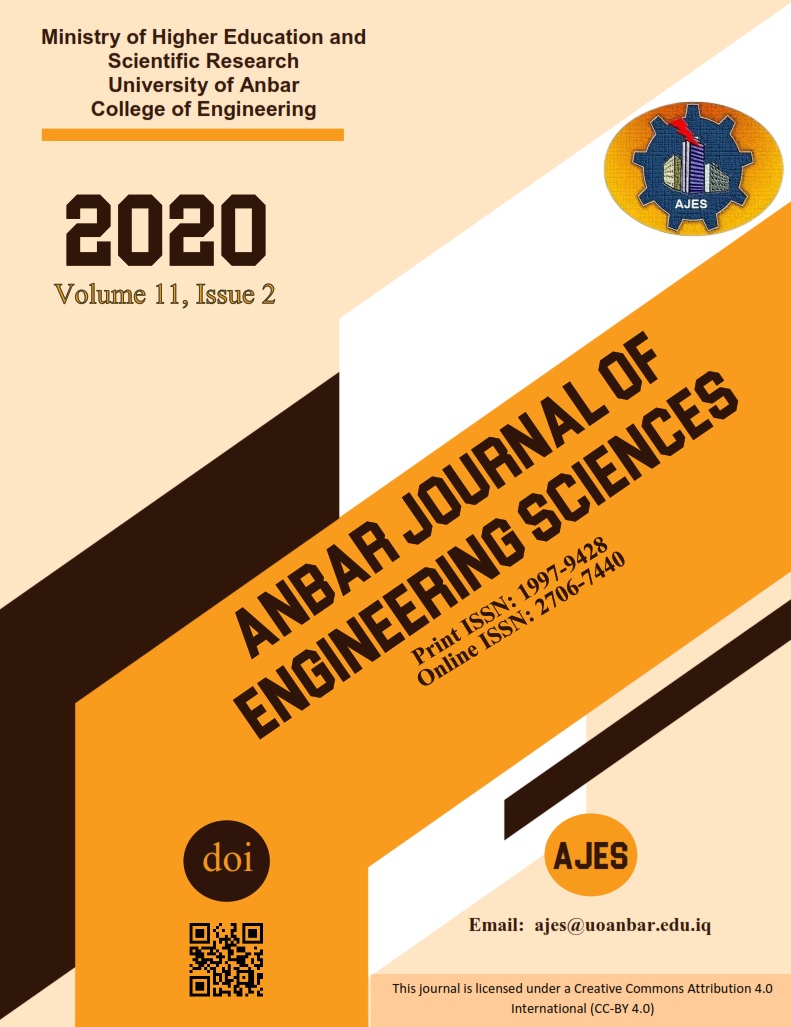Abstract
Hydraulic actuators are one of the most viable choices due to their high power-to-weight ratio,low cost, robustness, fast response and great power supply. The present work focuses onbuilding an elevator prototype model simulates real hydraulic elevator. This model consists ofhydraulic parts (double-acting hydraulic cylinders, pump, valves, pipeline and filter) andelectronic parts (PLC, push-bottoms, relays and encoder). It is built with three floors in about300 cm height (total with the cylinder) to elevate a 30 kg payload and controlled by a PLCcontroller of (DELTA DVP-ES32) with 16 inputs and 16 outputs. The PLC receives input signals asorders from the operator as well as sensors and encoders. The PLC is programmed with WPSOFT2.46 Ladder diagram software to basically calling the elevator cabin through three locations andenabling its arrival at the desired floor. The cabin descent is achieved by using a proportionalcontrol valve which is controlled by the PLC. The cabin door is automatically opened and closedby DC motors. It is observed that, the application of this partnership between the PLC and theproportional valve in the build model helped to achieve excellent results in terms of systemcontrol and its efficiency, response, and smoothness.
